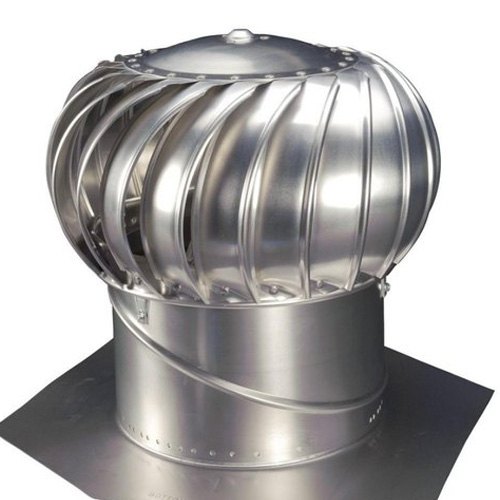
Optimizing Ventilation for Machinery Rooms: Essential Requirements and Best Practices
Machinery rooms play a crucial role in various industries, housing equipment and systems that are vital for operations. To ensure the smooth functioning and longevity of machinery, proper ventilation is of utmost importance. In this article, we will delve into the ventilation requirements for machinery rooms, exploring key considerations and best practices to optimize air quality and maintain a safe working environment.
- Understanding the Importance of Ventilation:
Ventilation serves multiple purposes in machinery rooms. Firstly, it helps dissipate heat generated by equipment, preventing overheating and potential damage. Secondly, it removes airborne contaminants, such as dust, fumes, and gases, that can be harmful to both machinery and personnel. Lastly, ventilation aids in controlling humidity levels, reducing the risk of corrosion and moisture-related issues. - Calculating Ventilation Requirements:
Determining the appropriate ventilation rate for a machinery room involves considering factors such as the size of the room, the heat load generated by equipment, and the number of occupants. The American Society of Heating, Refrigerating, and Air-Conditioning Engineers (ASHRAE) provides guidelines and formulas to calculate the required airflow based on these parameters. Consulting with a ventilation engineer or specialist is recommended to ensure accurate calculations. - Ventilation System Design:
A well-designed ventilation system should incorporate both supply and exhaust mechanisms. Supply ventilation introduces fresh air into the machinery room, while exhaust ventilation removes stale air and contaminants. To optimize airflow, it is essential to consider the placement of air inlets and outlets strategically. Locating supply vents near heat-generating equipment and exhaust vents near potential pollutant sources can enhance the effectiveness of the system. - Air Filtration and Purification:
In machinery rooms, air filtration is crucial to remove particulate matter and contaminants. High-efficiency air filters should be installed in the ventilation system to capture dust, pollen, and other airborne particles. Additionally, depending on the industry and specific requirements, additional purification methods such as activated carbon filters or UV sterilization may be employed to eliminate odors, chemicals, or biological agents. - Monitoring and Maintenance:
Regular monitoring and maintenance of the ventilation system are vital to ensure its optimal performance. This includes inspecting and cleaning filters, checking airflow rates, and verifying the functionality of fans and dampers. Implementing a preventive maintenance schedule and promptly addressing any issues or malfunctions will help prevent costly breakdowns and maintain a healthy machinery room environment.
Conclusion:
Proper ventilation is a critical aspect of machinery room design and operation. By adhering to ventilation requirements, industries can safeguard their equipment, protect personnel, and maintain a productive working environment. Understanding the importance of ventilation, calculating the necessary airflow, designing an efficient system, and implementing regular maintenance practices are key steps towards achieving optimal ventilation in machinery rooms.